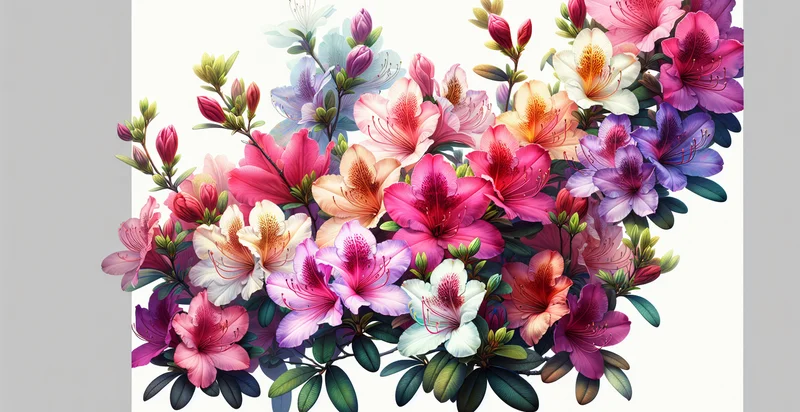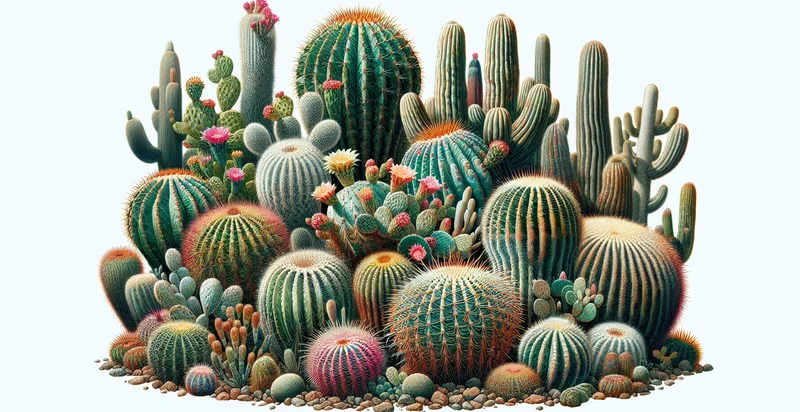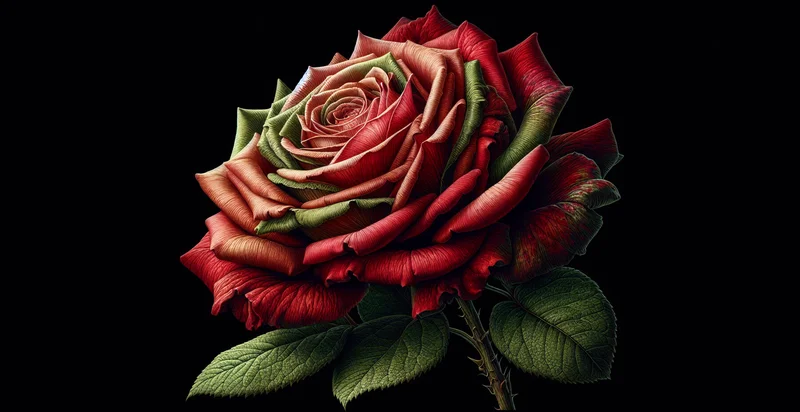Identify rose species
using AI
Below is a free classifier to identify rose species. Just upload your image, and our AI will predict what species of rose it is - in just seconds.

Contact us for API access
Or, use Nyckel to build highly-accurate custom classifiers in just minutes. No PhD required.
Get started
import nyckel
credentials = nyckel.Credentials("YOUR_CLIENT_ID", "YOUR_CLIENT_SECRET")
nyckel.invoke("rose-species", "your_image_url", credentials)
fetch('https://www.nyckel.com/v1/functions/rose-species/invoke', {
method: 'POST',
headers: {
'Authorization': 'Bearer ' + 'YOUR_BEARER_TOKEN',
'Content-Type': 'application/json',
},
body: JSON.stringify(
{"data": "your_image_url"}
)
})
.then(response => response.json())
.then(data => console.log(data));
curl -X POST \
-H "Content-Type: application/json" \
-H "Authorization: Bearer YOUR_BEARER_TOKEN" \
-d '{"data": "your_image_url"}' \
https://www.nyckel.com/v1/functions/rose-species/invoke
How this classifier works
To start, upload your image. Our AI tool will then predict what species of rose it is.
This pretrained image model uses a Nyckel-created dataset and has 20 labels, including Bi-Color Rose, Black Rose, Blue Rose, Climbing Rose, David Austin Rose, English Rose, Floribunda Rose, Grandiflora Rose, Hybrid Tea Rose and Miniature Rose.
We'll also show a confidence score (the higher the number, the more confident the AI model is around what species of rose it is).
Whether you're just curious or building rose species detection into your application, we hope our classifier proves helpful.
Related Classifiers
Need to identify rose species at scale?
Get API or Zapier access to this classifier for free. It's perfect for:
- Botanical Research Support: This function can assist researchers and botanists in identifying different species of roses during field studies. By inputting images of roses, researchers can quickly verify species, helping to streamline their data collection and enhance their understanding of biodiversity.
- E-commerce Flower Sales: Online florists can utilize this classifier to automatically categorize rose species in their inventory. This ensures customers can easily find their desired rose types, improving user experience and potentially increasing sales.
- Educational Tool for Students: Educational institutions can integrate this rose species identifier as a teaching aid for botany courses. It encourages hands-on learning, allowing students to interact with real images and gain practical identification skills.
- Gardening and Landscaping Services: Gardeners and landscapers can use this function to recommend the most suitable rose species for specific environments. By analyzing pictures of existing plants, the software can identify species that complement the local flora and climate.
- Conservation Efforts: Conservation organizations can use this identifier to monitor and track rose species, especially those that are rare or endangered. By collecting data on rose species through this function, they can implement more effective conservation strategies.
- Floral Exhibitions and Competitions: Organizers of floral events can use the classification tool to categorize entries accurately. This helps ensure fairness in judging and provides a more organized experience for participants and attendees.
- Augmented Reality Gardening Apps: Development of AR gardening apps can leverage this image classification function to help users identify and select rose species for their gardens. Users can point their devices at a rose, receive instant identification, and gain guidance on growing and caring for that species.


